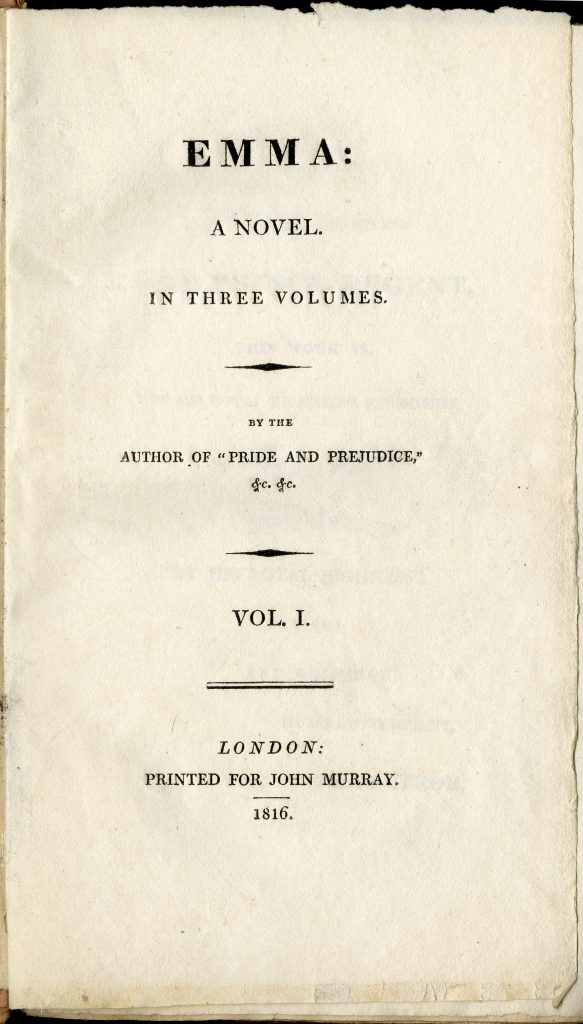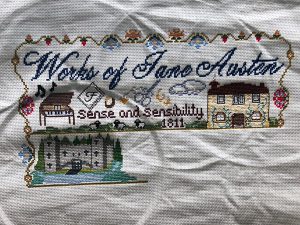**

Tuesday, September 5th
Austen, Pride and Prejudice, Volume 3
How rich was Mr. Darcy? A BBC “More or Less” podcast: http://www.bbc.co.uk/programmes/w3csvq3g
Presentation:
What did Pemberley look like?
Thursday, September 7th
Pride and Prejudice film adaptations
Excerpts from Helen Fielding’s Bridget Jones’s Diary, Penguin Books, 1996: Scene just after Bridget and Mark’s first conversation (12); two passages associated with the 1995 BBC Pride and Prejudice(215-216)
**
Tuesday, September 12th
Baker, Longbourn (pp. 1-214)
Presentation:
Working-class women and their labor
I think of Longbourn — if this is not too much of an aspiration — as being in the same tradition as Wide Sargasso Sea or Rosencrantz and Guildenstern Are Dead. It’s a book that engages with Austen’s novel in a similar way to Jean Rhys’s response to Jane Eyre and Tom Stoppard’s to Hamlet. I found something in the existing text that niggled me, that felt unresolved, and wanted to explore it further. That was the pull for me, that sense of unresolvedness* — I can’t really speculate on what it was for other writers: I’m afraid I don’t know the other fictions around Austen’s work terribly well at all.
The unresolvedness for me was to do with being a lifelong fan of Austen’s work, but knowing that recent ancestors of mine had been in service. I loved her work, but I didn’t quite belong in it — and I felt the need to explore that further.NPR INTERVIEW WITH JO BAKER
Thursday, September 14th
Finish reading Longbourn
**
Tuesday, September 19th
Zoboi, Pride
Thursday, September 21st
Pride
Presentation:
Young Adult Fiction and Jane Austen
**
Tuesday, September 26th
First Semester Exam
Thursday, September 28th
Emma, Volume I
Presentation:
What was it like to live in a small English village like Highbury?



